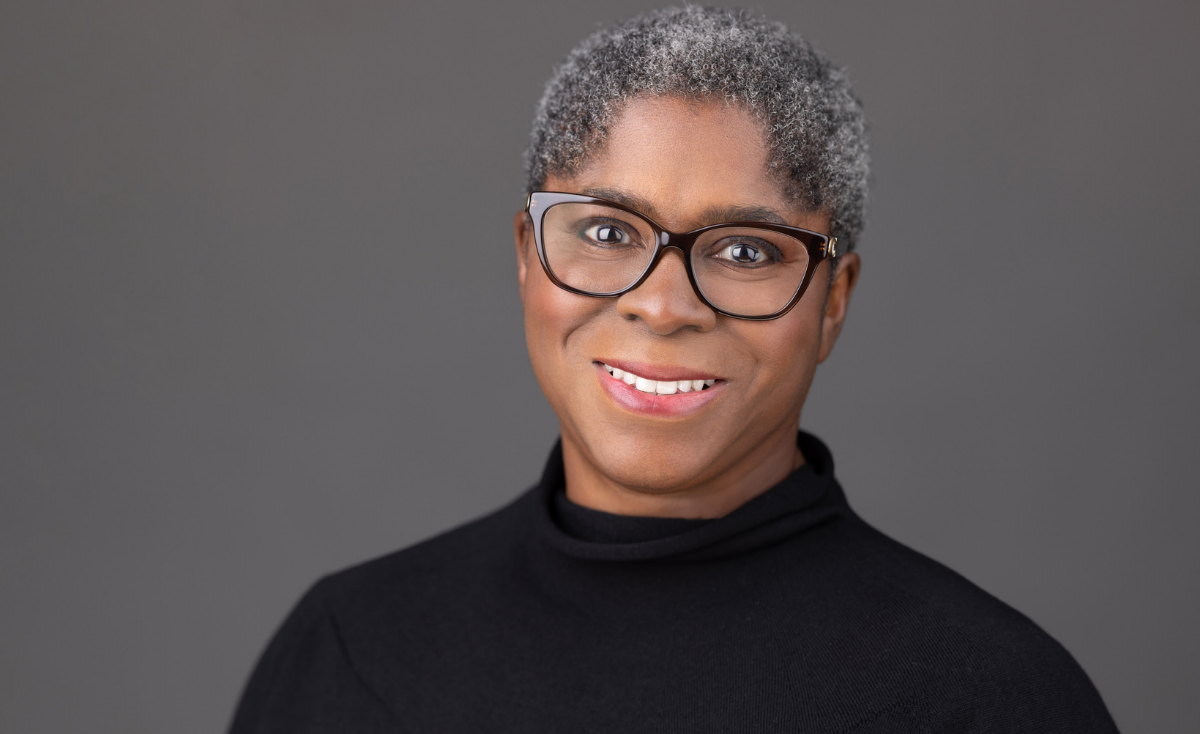
Asset owners need to look more closely at, not only how multi-asset solutions work at the overall level of the fund, but at the individual securities and exposure, says Rob Balkema, Senior Director and Head of Mult-Asset North America, Russell Investments.
In Clear Path Analysis’s report Fund Technology, Data & Operations, North America, industry leaders from companies including Pzena Asset Management, Russell Investments, and S&P Down Jones look at the best ways fund operators can look at asset solutions in a data-driven world.
“There are two different definitions of multi asset; one definition is on the solution side, and the other is on the Diversified Growth Funds (DGF) side”
Whether or not fund operators need to do more around redefining or re-categorising multi-asset into ‘market driven’ or more ‘dynamic’ is needed, is a pressing matter in today’s market. Especially as many pension funds have significant exposure to multi assets, particularly in the form of diversified growth funds, says Balkema.
Dynamic multi-asset solutions are usually designed for investors requiring active, globally diversified, and cost-efficient exposure to a wide range of asset classes.
“There has been evolution over the past 10-15 years, where more products have been launched in this space. This has resulted in a need for more categorisation"
“There are two different definitions of multi asset; one definition is on the solution side, and the other is on the Diversified Growth Funds (DGF) side,” Balkema says.
“There has been evolution over the past 10-15 years, where more products have been launched in this space. This has resulted in a need for more categorisation,” he says. The UK Pension Regulator warns operators to understand DGFs fully before getting involved as their rise has made them more attractive.
Balkema says that there are the traditional multi assets, where a fund operator would have a 20/80 or a 40/60 split of assets throughout the portfolio. “Then there are others that are in world allocations, where there is a big amorphous group together. I would say that the more we get multi asset portfolios aligned with like-minded products, the better it is for the buyer of those solutions. Just as with US equities, you can compare like-for-like within multi assets.”
“Allocation to growth, and trying to holistically solve growth outcomes, rather than pair it with different types of multi asset strategies, all require different solutions"
In terms of deploying more than one multi-asset product in a portfolio, he adds, there are benefits and there are challenges. “Diversification is clearly a good thing and multi asset products are either a dynamic core or a dynamic piece of your liability hedging,” he explains. Previously, fund operators have warned about increasing interest rates and liability hedging, which could once again be prescient as rates rise in 2022. “If [multi asset products] are a dynamic core in an absolute return product or asset only outcome, this dynamic core fills a role of your ‘swing factor’ across asset classes,” says Balkema.
“If this is the case, there is likely a need for more than one product. On the other hand, if it is trying to be part of your growth portfolio, one allocation is sufficient,” he adds. “Allocation to growth, and trying to holistically solve growth outcomes, rather than pair it with different types of multi asset strategies, all require different solutions – it is not just a simple yes or no.”
To read the report in full, please click here.
Please Sign In or Register to leave a Comment.
SUBSCRIBE
Get the recent popular stories straight into your inbox







